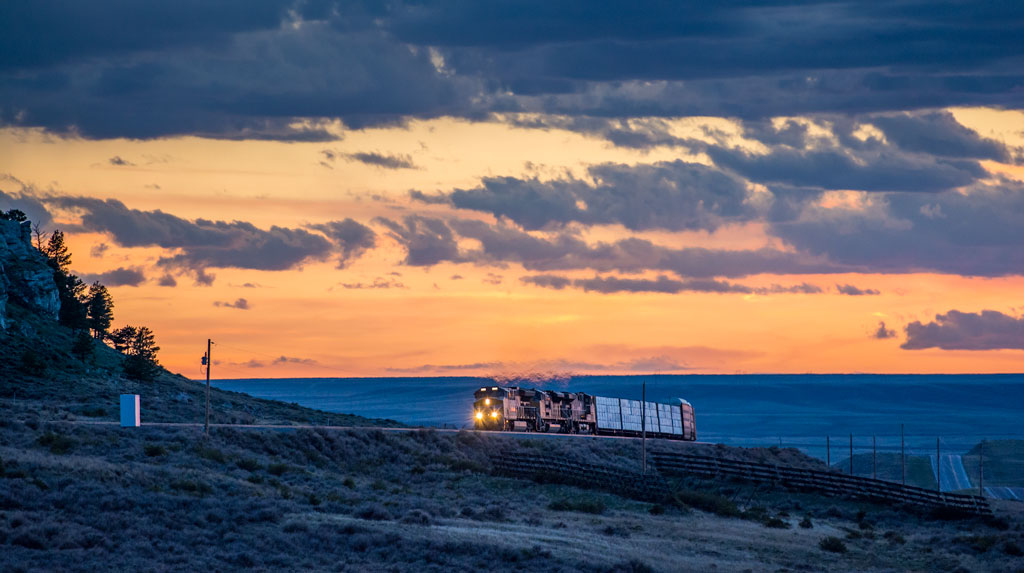
FULL SCREEN Photo by Bryan Bechtold Runner-up: To appreciate the daunting task of the transcontinental railroad builders, you need only go west to Wyoming. The modern Union Pacific Railroad remains tested by the same vast landscape that challenged the pioneers. In a scene repeated for 150 years, a manifest train climbs out of Rock River, […]
Read More…
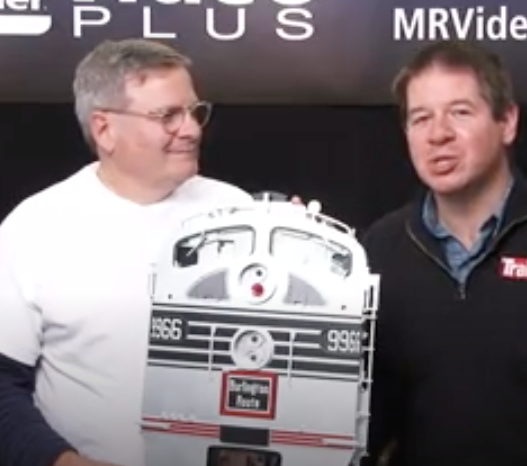
On Nov. 9, Kalmbach Media editors streamed three live videos from Trainfest at Wisconsin State Fair Park. This is a recorded version of the first of those three episodes. If you enjoy what you see, send a note to NewsWire@TrainsMag.com and let us know if we should do this again. […]
Read More…
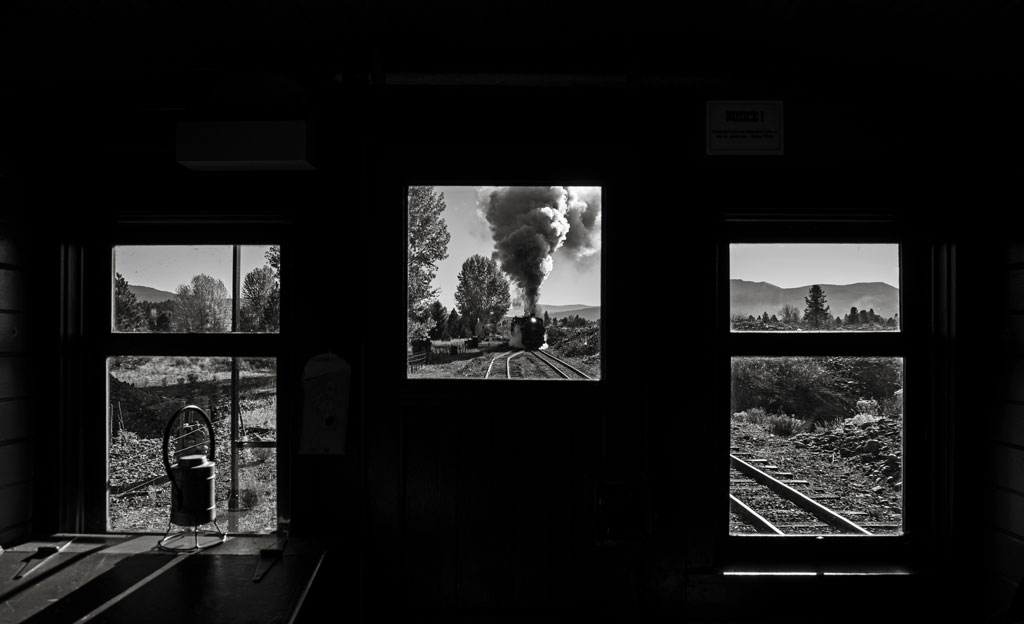
2019 Grand Prize: Ben Duncan This photograph captures my perceptions of American westward expansion. It creates a tension between ideas of East and West, past and future, static and dynamic, confinement and freedom. Taken on my first visit to the western United States, it depicts the Sumpter Valley Railroad, which runs close to one of […]
Read More…
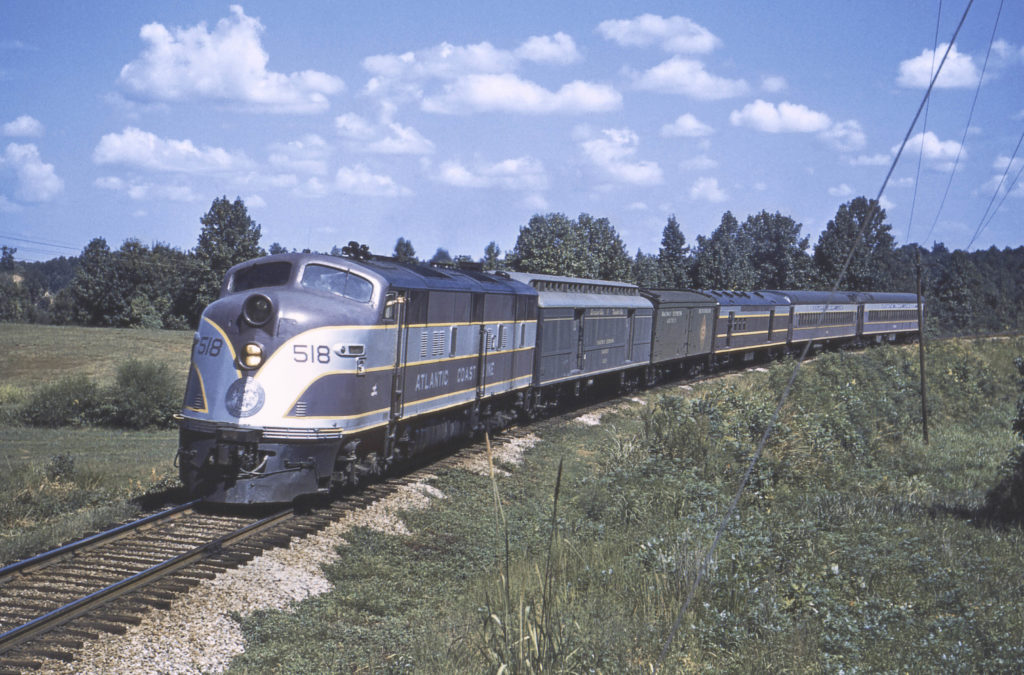
There is no mistaking Atlantic Coast Line boss Champ Davis’ favorite color — Royal Purple — as E6 No. 518 nears Cascade Road leaving greater Atlanta for Waycross, Ga., with local train 101 in Oct. 1958. David W. Salter The Atlantic Coast Line Railroad was true to its name: it linked an important string of […]
Read More…
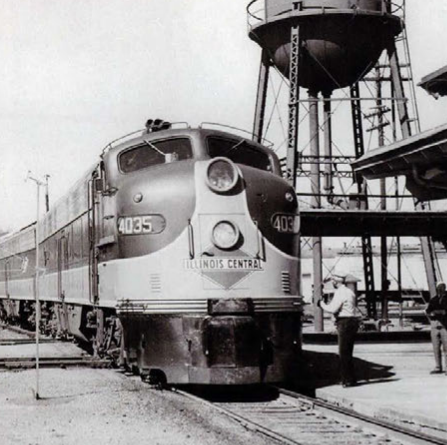
Check out a FREE feature from our Winter 2000 issue: J. Parker Lamb-A Witness to Transition. Learn more about Parker’s outstanding photography and its place at the Center for Railroad Photography & Art in our Winter 2019 issue. Click here to download the pdf. […]
Read More…
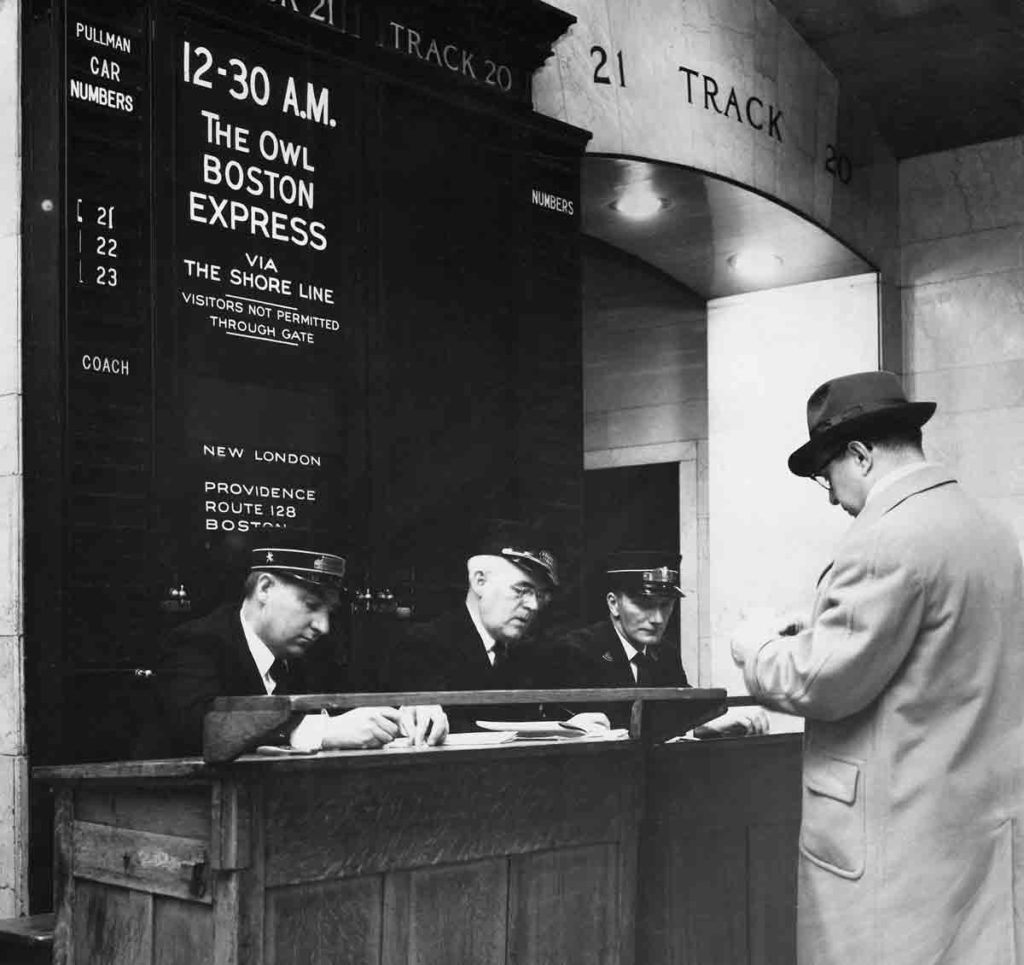
A passenger for the New Haven’s Owl checks in at the gate for track 21 in Grand Central Terminal. This photo, from March 1957 Trains magazine, was author Gwyer’s introduction to the train. Don Wood I was first introduced to the New Haven Railroad’s Owl by a photo in the March 1957 issue of Trains magazine. The picture, made […]
Read More…
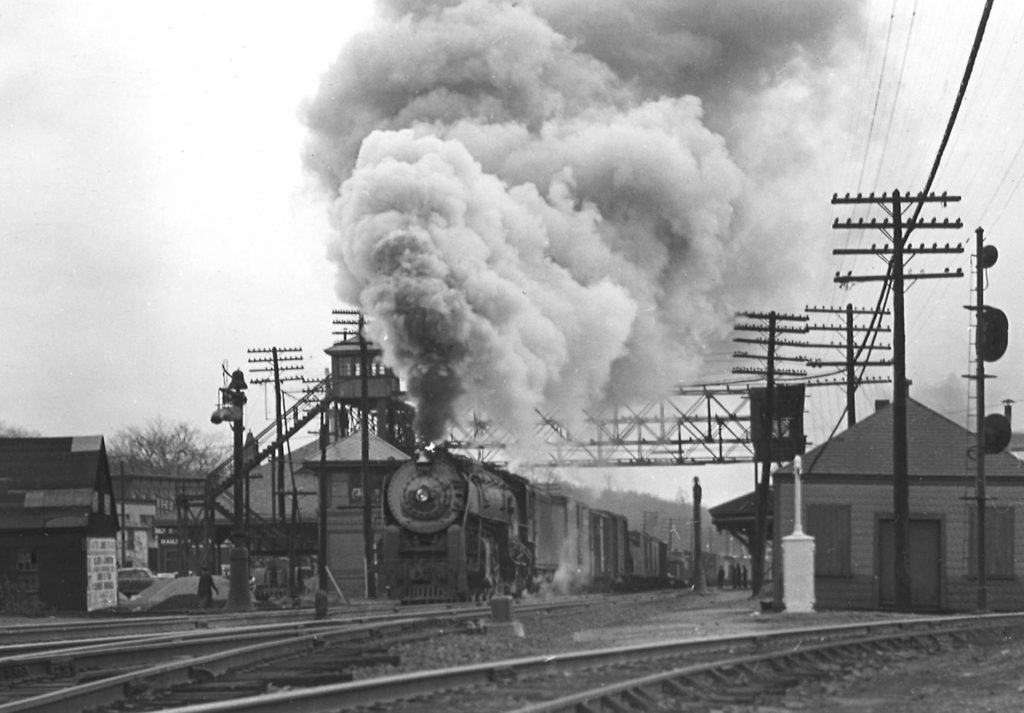
All this month — October 2019 — Classic Trains editors are celebrating the heritage, history, and images of the Boston & Maine Railroad. Please enjoy this photo gallery of images from the David P. Morgan Library archives at Kalmbach Media that include B&M steam-powered freight trains through time. You might also enjoy this B&M history […]
Read More…
Q: Can you tell me what the train in the movie, “3:10 to Yuma” consisted of? — Frank Latorre, Baltimore A: Regarding the question of the origin of the railroad equipment on both versions of “3:10 to Yuma,” from the website, Obscure Train Movies, I found this information on the original 1957 3:10 to Yuma: […]
Read More…
Q: Do train crews have the ability to activate or deactivate crossing lights and gates? — Richard Collingwood, Milan, Ohio A: No. Here’s why: Crossing circuits have set approaches based off of warning time required and maximum speed of the trains. The modern day crossing processors — mini computers inside a crossing gate bungalow (the metal […]
Read More…
Q: One reader recently asked why there were so many empty container trains heading away from the East Coast on railroads? Could it be the West Coast receives more loads and container trains need to be repositioned? — A Trains reader A: That East/Eest balances is one source of empty moves, but there are other […]
Read More…
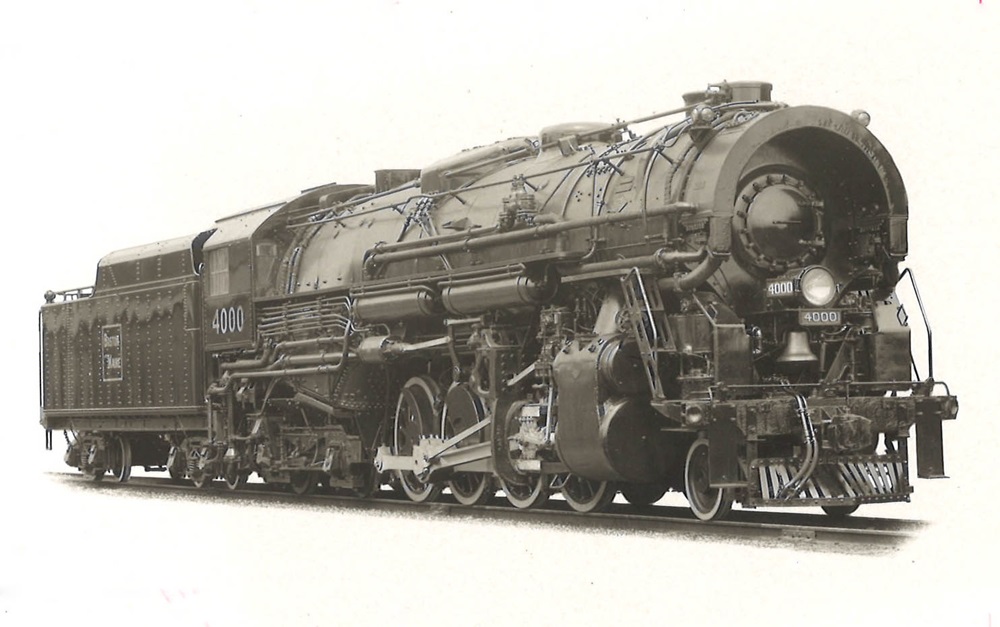
Starting in October 2019, Classic Trains editors will celebrate the heritage, history, and lore of famed (and infamous) railroads. We start this series with the beloved Boston & Maine. Please enjoy a collection of images located in the David P. Morgan Library archives at Kalmbach Media that include B&M’s iconic locomotives and scarce builder’s photos. […]
Read More…
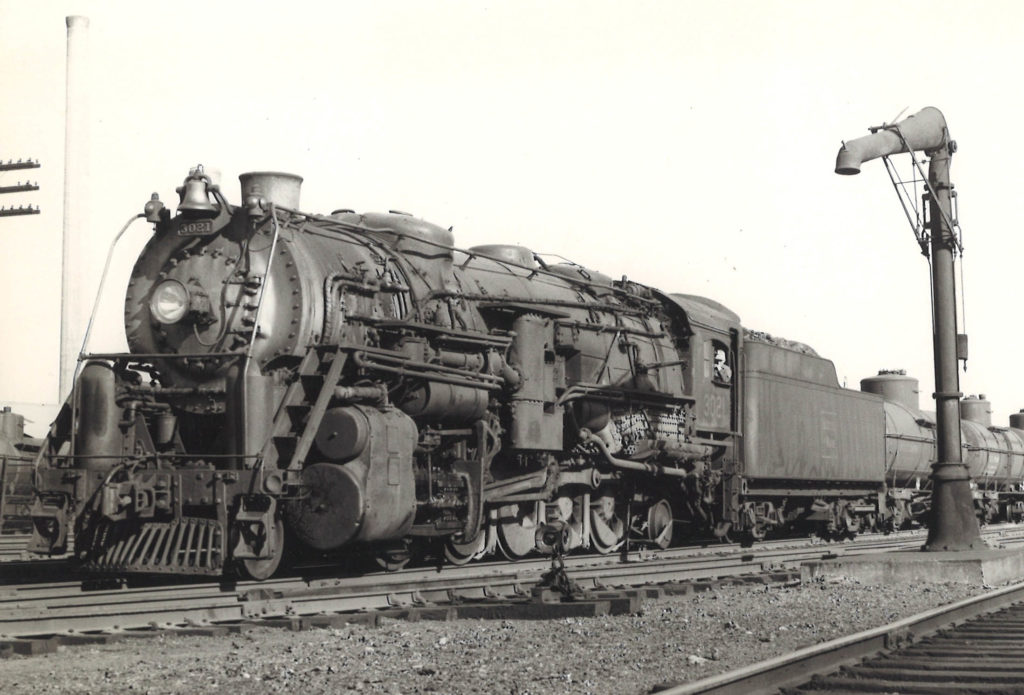
Starting in October 2019, Classic Trains editors will celebrate the heritage, history, and lore of famed (and infamous) railroads. We start this series with the beloved Boston & Maine. Please enjoy a collection of images located in the David P. Morgan Library archives at Kalmbach Media that include B&M’s iconic locomotives and scarce builder’s photos. […]
Read More…









